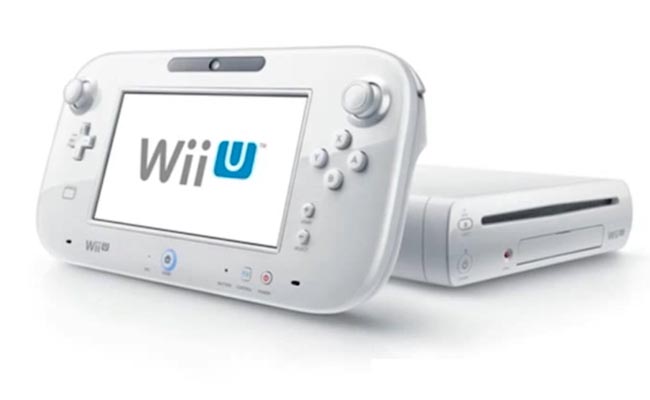Both Nintendo and Sony had pitiful launches for their handhelds—at least compared to the last generation of gaming. While they both pulled out all the stops, filling their launch window with games and attempting to price it correctly, gamers just weren’t pouncing for their products. These handhelds are both strong pieces of machinery, and I would consider both to be successful, but their launch sales were far from ideal. Nintendo appears to have learned from its lackluster launch and has countered with the Wii U. Originally I had very little hope for the console, but Nintendo’s marketing strategy has finally convinced me that this will be another successful console. Here are three things that Nintendo did that will push the Wii U off shelves and into homes this holiday season.
3) Fill your launch window with actual games.
The Vita had one of the strongest list of launch titles of all of Sony’s systems—however, when it came time to launch, not all of them were on the system, and a few of them had to wait months before appearing (Sound Shapes alone took half a year to release, and that game was announced well before the Vita’s launch). The 3DS, on the other hand, had just a handful of gems to show off—and its best-selling launch title was…Professor Layton? Not a bad series, but still not a Mario, Zelda, or Pokémon game. The Wii U is aiming to fix this—many of its games are already released and completed, so we can expect to see them on the system’s actual launch date. The games also appeal to a wide variety of gamers, and each of these varieties has more than one game to choose from—making a console purchase that much more tempting.
2) Wait to announce pricing.
The Wii U was not announced with a price, and that ended up in the company’s favor. At the time of its announcement, no one had any idea how much it was worth, but after a few weeks media, fans, and developers all began to speculate with their own pricing sweet spot. The $300-350 price range shows that Nintendo does not want to be too expensive (or they would’ve topped $400), and is priced to directly compete with the PS Vita and PS3. With the basic Vita and PS3 priced at $250, the Wii U is only $50 more expensive and offers both a console and (for a short distance from the console, at least) a handheld to go with it.
1) Listen to fans and developers.
Developers were quick to get a Wii U and offer advice to Nintendo about what features to add and what features they wanted. Online play, dual analogue sticks, and well-designed shoulder buttons were priorities for developers, and it shows in the Gamepad’s design. If Nintendo hadn’t listened to developers, we may have been stuck with another generation of a single-analogue controller and very poor online compatibility. The backward compatibility is likely a suggestion of developers as well. Along with that, the price point shows that Nintendo was paying close attention to how much gamers themselves were willing to pay for the system. Although the system was intended to only support one Gamepad, at both fans’ and developers’ protests, the Wii U can now support two Gamepads. Granted, their frame rate takes a dip and it’s still difficult to get two of them for one system, but at least Nintendo heard the desire and delivered an answer. Whether the Wii U launch will be successful is still a mystery—but rumors showing that Gamestop pre-orders are already sold out and confirmation that pre-orders are strong across the board are a good indication that Nintendo is doing everything right with this launch.



great point sarah it really hurt nintendo to overestimate the 3ds at start and think they could charge 250 with only ocarina 3d and look how it went, so now they got realistic and had amazing games and understandable price.